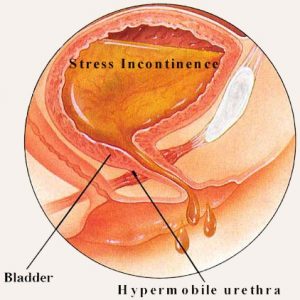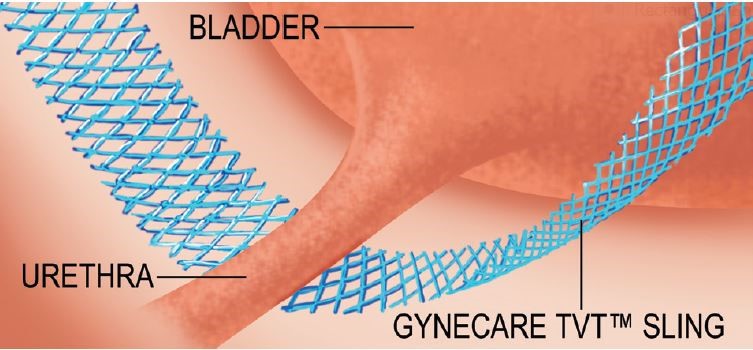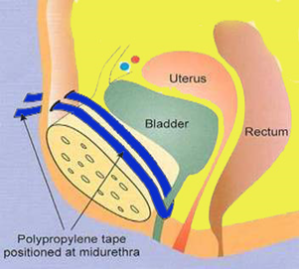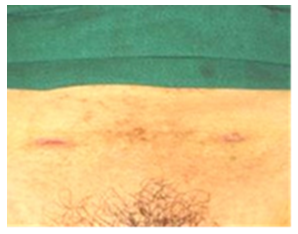
Tension-Free Vaginal Tape (TVT)


This is the most popular sling procedure to correct stress urinary incontinence in women. It is minimally-invasive with a high cure rates (> 95% success) and minimal complications provided it is done by surgeons trained in continence surgery.
How it is done
This surgery can be done as a day case under general anesthesia. A prolene-material tape is inserted under the mid-urethra via a short incision over the vagina and exits through 2 small skin incisions over the suprapubic area. A cystoscopy is done to check for any accidental puncture into the bladder. The tape is then adjusted to a point of minimal leak. The surgery takes 30 to 40 mins to do.


If tape entry into the bladder is not recognised, this can lead to recurrent bladder infections and even stone formation. If the tape is not adjusted tight enough, the leak will persist. On the other hand, if the tape is pulled too tight, the patient will not be able to pass urine and a catheter has to be inserted. So while the insertion is a standard passage, the adjustment if the tape is not. The right amount of “tension “ is important to achieve continence.
A variant of the TVT surgery is the TOT in which the tape exits through the inner thigh rather than via the top. The results are the same, with the advantage of less risk of bladder injury. However, the “ trade-off ” is thigh pain which can last a month or so. Regardless of method used, surgeon experience and judgment are still the most important factors for success in any sling surgery.


Scars after TVT surgery
Complications include:
- bloody urine. This should clear in a few days
- haematoma (blood clot) over the lower abdomen. This resolves with time
- bladder injury. This occurs during passage of the tape. If so, the catheter has to be kept for a longer period
- difficulty passing urine. This may be due to the tape being too tight. If this does not settle by 2 weeks, loosening of the tape may be needed
- tape erosion into the vagina or urethra. This is a rare and late complication. The tape will have to be removed if this happens
Desired outcomes:
- minimal haematoma / bleeding
- no bladder injury ( < 8% of cases )
- no urinary retention post-op ( 3% of cases )
- no more stress leak ( > 95% success )